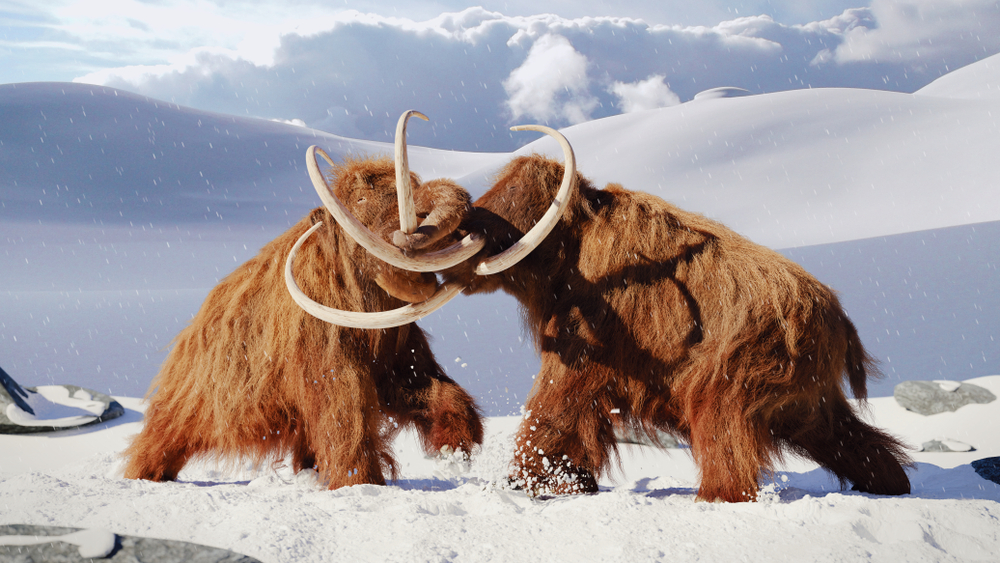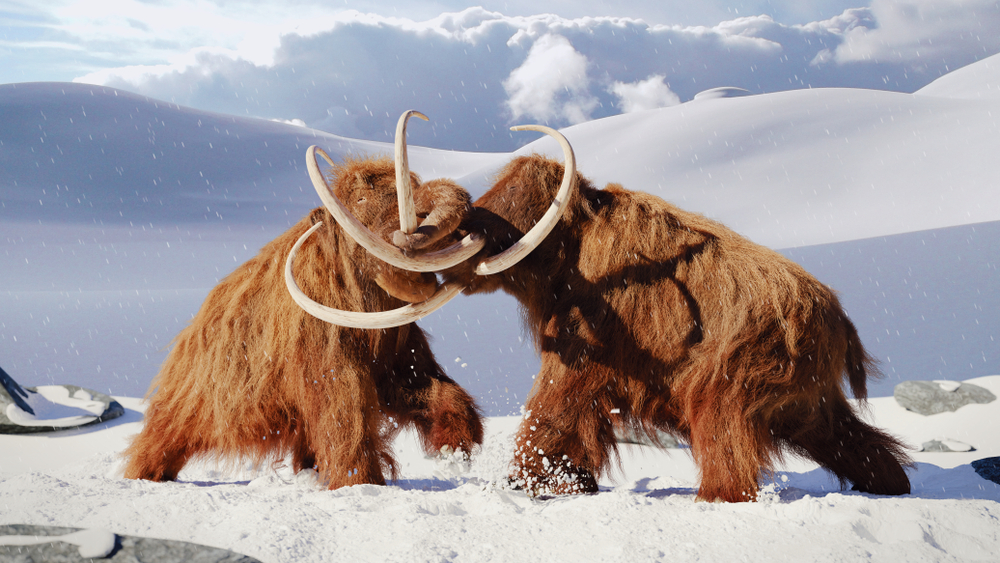
Scientists are working to bring back a woolly mammoth-like species to roam Earth’s tundra. A study published last year, however, complicates these efforts. Researchers from the Center for Paleogenetics in Stockholm found that woolly mammoths lost almost 100 genes as they evolved.
Evolving Mammoth Genes
Lav Dahlen, a professor of evolutionary genomics at Stockholm University, explained that such changes in genes can alter pathways that affect key traits.
“From an evolutionary perspective, this means that because these deletions have become fixed in the woolly mammoth, it means that they are somehow adaptive,” says Dahlen.
But this is still a hypothesis, and the findings raise further questions. “We don’t know when these deletions developed,” Dahlen says. “It could have been any time since the woolly mammoths split from the elephant, about five million years ago.”
What genes have changed?
A total of 84 genes were deleted and three were short insertions altering the genome structure. The researchers suggest that it is likely that these modifications were necessary for the mammoths to adapt to the cold, northern environment in which they lived.
“Several of the genes that were affected are associated with classic woolly mammoth traits, such as fur growth and hair shape, fat deposition, as well as skeletal morphology and ear shape,” Marian Dehask, a student at the Center for paleogenetics, it said in a statement.
The researchers analyzed multiple woolly mammoth genomes and compared them to previously sequenced mammoth and elephant genomes. Their results show that modifications over time have led to the woolly mammoth’s “unique phenotypic adaptations and are potentially critical for survival in its natural environment.” the researchers write.
Viewing the entire mammoth genome
To confirm that these deletions are related to adaptation, the research team now aims to sequence genomes from throughout the mammoth’s evolutionary life to better understand when these traits evolved.
“What we’re going to do going forward is create a genome transect over the last million years to understand when these changes happened,” Dahlen says. “Do they co-evolve or do they evolve more rapidly during certain periods, such as climate change?” So that’s our ultimate goal.”
More recent work – which sequenced the genomes of 23 woolly mammoths – found that their shared fluffy traits had evolved and strengthened over time since their initial separation with elephants.
When did the woolly mammoth go extinct?
This clumsy and notoriously shaggy-haired relative of elephants roamed the earth for about five million years before disappearing about 4,000 years ago. Humans have played a role in this die-off, but research shows that it is a changing climate that led to the extinction.
Dahlen and his team began their work by studying the last remaining population on Wrangel Island. Their research also led to the sequencing of mammoth DNA dating back more than a million years, a “groundbreaking” discovery, according to Dahlen, because it showed that it was possible to peel back genetic layers from packaging so far back in time.
Return of the woolly mammoth
The DNA findings also have implications for the ongoing de-extinction project led by Colossal laboratories. Scientists are working to bring back a a mammoth-like, cold-adapted elephantas well as others extinct species like the dodousing CRISPR technology.
“My opinion is that it will be very difficult to do this project, but on the other hand, it is an interesting endeavor,” says Dahlen. “In the case of the mammoth, you would have to remove parts of the elephant’s genome.”
Failure to do so “could potentially prevent reintroduction and survival of a resurgent woolly mammoth in its natural habitat,” according to the study. This is not beyond the bounds of the possible and, relatively speaking, s CRISPR technology it can be done, adds Dahlen, “It’s just one more thing you have to do.”
The research team’s findings could have a global impact if the mammoth returns, but Dahlen explains that the main reason for pursuing such questions is focused on basic science.
“We are curious to know what makes a mammoth a mammoth; where they come from and how evolution happens,” he says.
Read more: Scientists can bring back these extinct animals

